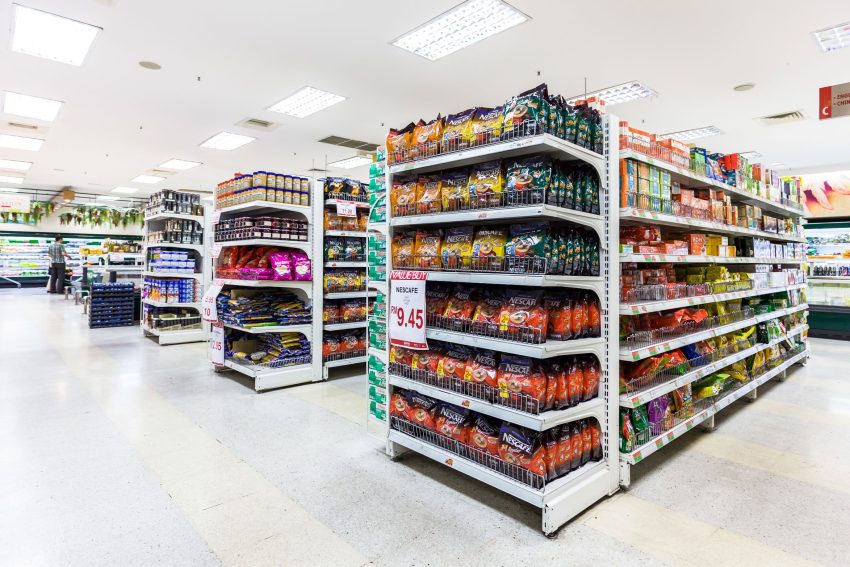In today’s fast-paced retail landscape, businesses are constantly seeking innovative ways to capture the attention of customers and boost sales. One such strategy that has gained prominence is the use of “end caps.” In this 2000-word article, we will delve into the world of retail end caps, with a particular focus on interactive retail end caps. These powerful tools are reshaping the retail experience and driving engagement like never before.
Understanding the Basics: What is an End Cap?
An end cap, in the context of retail, refers to the shelving unit or display space located at the end of an aisle or row in a store. It’s a prime location strategically positioned to attract the attention of shoppers as they move through the store. Let’s explore why end caps are so significant in the retail industry.
The End Cap’s Role in Retail
End caps serve several crucial functions in the world of retail:
1. Grabbing Attention
End caps are eye-catching and naturally draw the shopper’s gaze. They are a prime spot for featuring products or promotions that retailers want to highlight.
2. Boosting Sales
Due to their high visibility, end caps have the potential to increase sales significantly. When used effectively, they can drive impulse purchases and upsell complementary items.
3. Seasonal Promotions
Retailers often use end caps to feature seasonal or holiday-specific products. This helps create a sense of urgency and encourages customers to make purchases tied to specific occasions.
The Evolution of End Caps: Interactive Retail End Caps
With the digital revolution, traditional end caps have evolved into interactive retail end caps. These cutting-edge displays incorporate technology and interactivity to engage customers on a whole new level.
The Power of Interactive Retail End Caps
Interactive retail end caps take the shopping experience to a whole new level. Here’s why they are a game-changer:
1. Engaging Shopping Experience
Interactive displays make shopping more enjoyable and immersive. Customers can touch, interact, and experience products in a way that traditional displays cannot offer.
2. Product Information at Your Fingertips
These end caps often feature touchscreens or QR codes that provide detailed product information, reviews, and even demonstrations. Shoppers are well-informed before making a purchase.
3. Personalized Recommendations
Thanks to data collection, interactive end caps can offer personalized product recommendations based on a customer’s preferences and browsing history.
Implementing Interactive Retail End Caps
Now that we understand the benefits of interactive retail end caps, let’s explore how businesses can implement them effectively.
1. Technology Integration
Invest in the right technology, such as touchscreens, RFID tags, and sensors, to create a seamless interactive experience.
2. Content Creation
Craft engaging content and visuals that resonate with your target audience. Highlight product features and benefits effectively.
3. Data Analytics
Leverage data analytics to gather insights into customer behavior. Use this information to continually improve the interactive experience.
Conclusion
Interactive retail end caps are revolutionizing the way retailers engage with customers and drive sales. By combining the physical shopping experience with technology-driven interactivity, businesses can create memorable and personalized experiences that keep customers coming back for more.




